
Common Details of Western Historical Romance that are Historically INCORRECT, Part 1
In context of Western Historical romances:
“May I call on you?”
“He took me on a date.”
Historically accurate… or So Not The Way Things Were? Why? How do we know?

In context of Western Historical romances:
“May I call on you?”
“He took me on a date.”
Historically accurate… or So Not The Way Things Were? Why? How do we know?

Did Victorians blame tooth decay on worms or germs?
Scientific understanding of dental decay received a huge boost in the work of Dr. Willoughby Miller, an American dentist in Germany in the late 19th century. His publication of his microbiology discoveries, Micro-Organisms of the Human Mouth, eradicated old myths and brought about “an unprecedented interest in oral hygiene”… and occurred just in time to contribute to my novella’s [Isabella’s Calico Groom] setting and characters’ development.
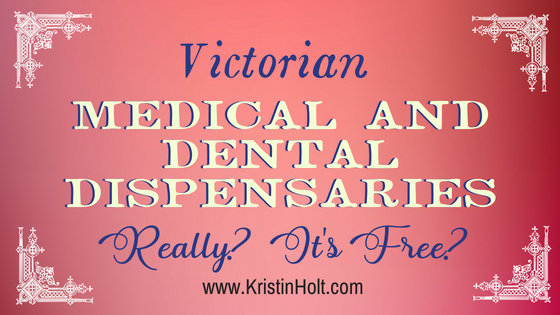
What is a Dental Dispensary (as seen in Isabella’s Calico Groom)? Compared to true-to-history dispensaries for medical care and eye troubles, this component of medical care to meet the needs of the poor was a real thing in the 19th century United States.
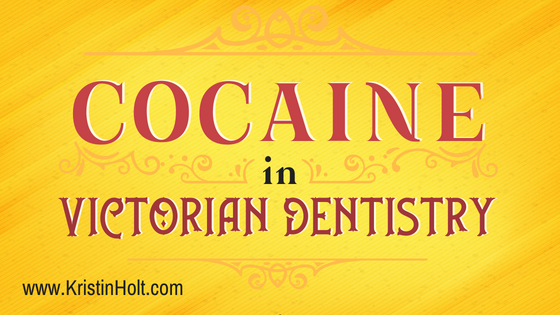
Cocaine, together with its significant benefits and significant addiction potential, was discovered in the late 19th century (1884 to 1885). Dentists were quick to put cocaine to work for their patients to numb previously excruciating dental work. Citations from vintage publications illustrate the importance of this discovery, attitudes that surrounded cocaine’s use in dentistry and medicine, and the ease with which patients (and parents) accepted the use.

While researching dentistry in 1890 for an accurate setting for my title, Isabella’s Calico Groom, I was quite surprised by how advanced and “modern” (by today’s standards) dentistry was. Significant advances in dentistry had occurred in the previous decades, making dentistry truly “modern” compared to patients’ previous experiences. The sheer quantity and magnitude of improvements in dentistry qualify dentists of the 1890s to claim “Modern Dentistry” in their advertisements.
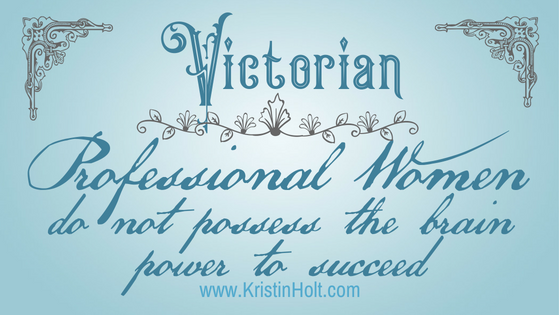
Nineteenth Century popular belief–wholly supported by Medical Doctors’ and scientists’ claims–genuinely believed that educating females in the same manner as males invited an entire host of disastrous results. Those terrifying results included everything from destruction to the woman’s reproductive system, mental breaks (yes, insanity!), and a long list of physical diseases. Because the vast majority believed these consequences to be true, women weren’t allowed to seek education in a male-dominated classroom. The battle over co-education continued long after the late 19th Century for these reasons. Not only was the woman’s mind and body at terrible risk, should she be educated like a male, but everyone knew a female mind couldn’t take in significant learning.
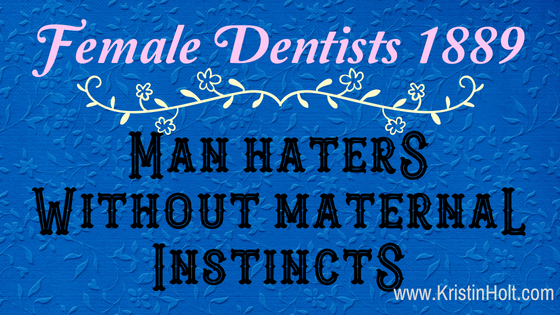
Nineteenth Century American women who desired an advanced education (and to work as a professional) fought an uphill battle. As late as the final decade (1890s) cultural beliefs demanded “good” women made home a bit of heaven on earth, toiled only as a help-meet to her husband, and found all the joy and satisfaction there she could possibly need. Historical sources underscore this dated belief system, and set the stage for the challenges faced by my character Dr. Isabella Pattison, DDS, in Isabella’s Calico Groom (within Calico Ball: Timeless Western Collection).

What IS calico? Where did it come from, and who used it to fashion clothing in the nineteenth century? Why did Calico appeal to working women? Why was Calico the fabric of choice for Calico Balls?
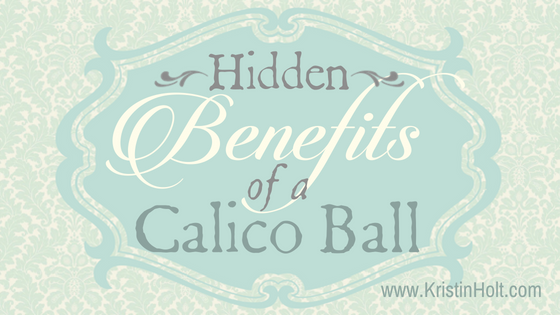
Beyond the obvious beneficiaries of the Calico Ball craze (mid- to late-nineteenth century United States)– the needy who received the once-worn dresses (or suits of clothes), who else benefited?
I suggest a short list of Hidden Beneficiaries. Who else can you identify?

One (unnamed) high-society New York City hostess started a fad that lasted fifty years…
The Calico Ball. Not only was the style of party highly fashionable, it also ensured help to those who needed it most.